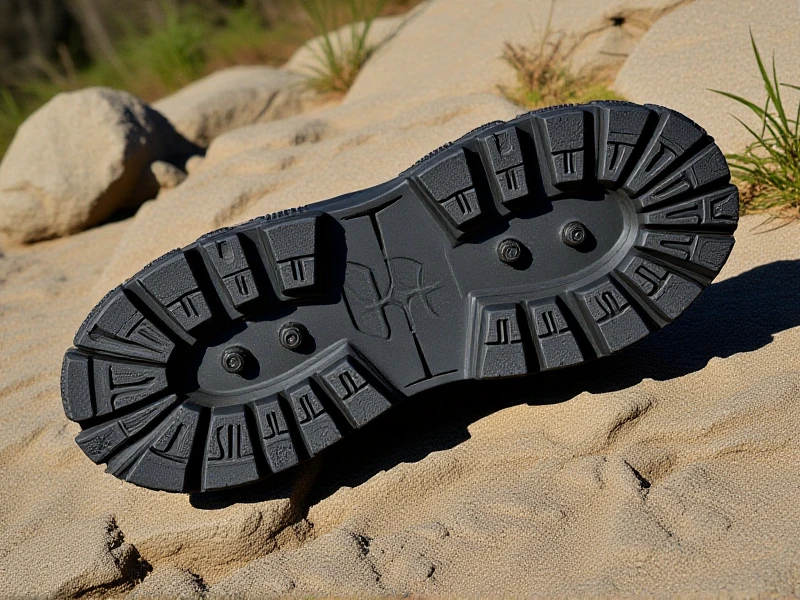Wear-resistant Solutions: Extending Lifespan & Cutting Costs for Demanding Applications

In industries where components face constant friction, impact, and abrasion, wear isn't just an inconvenience – it's a major cost driver leading to downtime, replacements, and production losses. Wear-resistant materials and technologies are the critical defence against these relentless forces, transforming operational efficiency and asset longevity.
Understanding Wear Resistance Wear resistance refers to a material's ability to withstand surface degradation when subjected to rubbing, scraping, erosion, or impact. It's paramount in environments like mining, construction, manufacturing, agriculture, and material handling. Key properties often include exceptional surface hardness, toughness to resist cracking or chipping, and a microstructure engineered for durability.
Where Wear Resistance Matters Most
- Mining & Quarrying: Crusher liners, chutes, buckets, and conveyor components endure constant exposure to abrasive rocks and minerals.
- Construction: Excavator teeth, bulldozer blades, grader bits, and demolition tools face impact and soil abrasion.
- Manufacturing: Extruders, moulds, guides, and chutes handling abrasive raw materials or powders experience continuous wear.
- Agriculture: Ploughshares, tiller shares, seed spreader components, and combine harvester parts battle soil, rocks, and plant matter.
- Bulk Material Handling: Transfer points, hoppers, valves, screws, and piping systems handling aggregates, cement, or minerals require constant protection.
Solutions Making the Difference The wear-resistant armoury includes diverse approaches:
- High-Performance Alloys: Steels hardfaced with chromium carbide overlays offer exceptional abrasion resistance combined with impact toughness.
- Engineering Plastics: UHMW-PE, Nylon, and reinforced polymers provide low friction and resistance to sliding wear, ideal for liners and guides.
- Technical Ceramics: Materials like alumina oxide and zirconia boast extreme hardness and chemical inertness, perfect for extreme abrasive conditions.
- Hardened Composites: Blending polymers with reinforcing agents like carbon fibre or internal lubricants creates tailor-made wear surfaces.
- Protective Coatings & Linings: Applying robust surface layers via techniques like thermal spraying or vulcanized rubber lining protects underlying structures cost-effectively.
The Tangible Benefits of Investing in Wear Resistance Choosing optimized wear-resistant solutions delivers concrete returns:
- Dramatically Extended Equipment Service Life: Replacing high-wear parts less frequently reduces capital expenditure.
- Minimized Maintenance Downtime: Fewer shutdowns for repairs translate to more production time and higher throughput.
- Reduced Operating Costs: Lower expenditure on replacement parts and labor, plus less waste from damaged products.
- Enhanced Reliability: Predictable performance reduces unexpected failures and associated risks.
- Improved Safety: Preventing component failure maintains operational integrity, protecting personnel.
Selecting the right wear-resistant solution demands understanding the specific forces at play – impact vs. abrasion vs. sliding wear combined with environmental factors like chemicals or high temperatures. Investing wisely isn't just about the material; it's about protecting your bottom line and ensuring continuous, efficient operations. Don't let wear dictate your maintenance schedule or profitability. Explore robust wear-resistant options designed to outperform, outlast, and deliver significant savings.